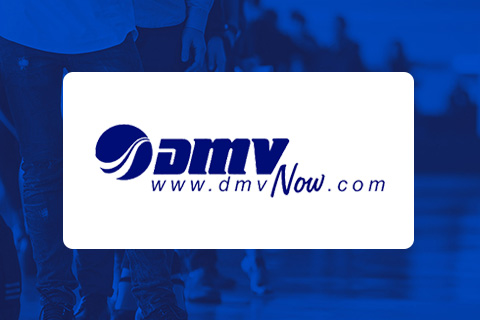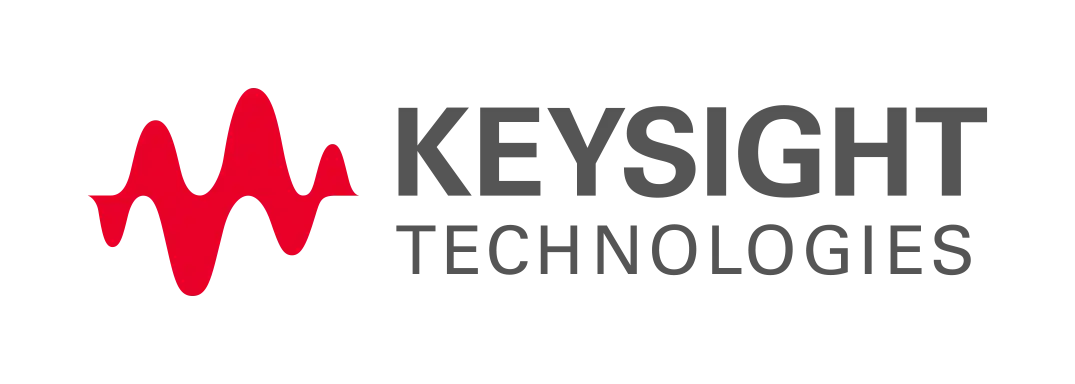Build rapid, cost-effective digital twins with Simul8
Digital twin software provides a practical, cost-effective approach for day-to-day decision-making in your organization.

Why use Simul8 for digital twin simulation?
Digital twins are a hot topic. With roots in manufacturing, interest has exploded across almost every industry.
On paper, the prospect of real time monitoring and improved process efficiencies is exciting for businesses, but in reality, huge investment and ongoing upkeep are major barriers.
Digital twins don’t have to be out of reach. At Simul8, we’ve been enabling our users to build practical, accessible digital twins for 25 years with the power of simulation and digital twin software.
According to Gartner, nearly eight in 10 businesses are now readily exploring simulation-based digital twin technology, and just one glance at the potential use-cases and benefits we’ll outline shortly makes it very easy to see why.
Digital twin software provides a risk-free environment for organizations to test new layouts of services and foresee bottlenecks and other potential problems before they arise.
Some of this simulation can be carried out in real-time, allowing businesses to not only uncover inefficiencies as part of a discovery process, but achieve round-the-clock improvement as part of their day-to-day decision making.
Digital twin simulation gives organizations unlimited access to ground-level observation without needing to be there in person at all, which can be particularly helpful for any organization with processes that span different teams, sites or even countries.
Nearly 8 in 10 businesses are now readily exploring simulation-based digital twin software.
Source: Survey Analysis: Companies Heavily Use Digital Twins to Optimize Operations, Gartner Research
Who uses digital twin simulation?
You don’t have to be NASA to take advantage of digital twin simulation.
Take the grocery sector, for example. Typically, if a supplier wants to win a contract with a supermarket to supply several thousand bananas, demonstrating that it can fulfil the order is going to put it head and shoulders above the competition during the bidding phase.
Digital twin software could mirror the entire supply chain along with all potential variables and delays, and simulation technology could be used to demonstrate the supplier’s likelihood of being able to fulfil an order in a range of different scenarios. What happens in the event of a delay? What happens if one of the logistics companies goes belly-up? How might these events impact a supplier’s ability to fulfil an order? How dependable are they?
Logistics companies, retail suppliers, hospitality venues, and other industry sectors could benefit from proving their ‘viability’ through a digital twin simulation when bidding for contracts.
Even hospitals are now benefiting from the technology. Using simulation, hospitals can forecast demand for patient beds in real-time, helping them increase capacity and reduce wait times for patients against their own benchmarked targets.
For example, if a digital twin can give a hospital an idea of what number of patients to expect in the next 24-hour period, staff can allocate beds accordingly. This is crucial in an environment that could require certain patients to be isolated or have access to a particular ward.

Chrysler was able to create a digital twin of one small aspect of its assembly line to run scenarios and experiment in a risk-free environment.
They saved over $1m per day and eventually designed a ‘line speed reduction’ tool that could then be rolled out to several of its other plants. By leveraging real-time simulation, companies like Chrysler could optimize their assembly lines and other processes ‘on the fly’ in accordance with demand.
For example, what would happen if Chrysler decided to decrease the price of one of its vehicles by, say, $5,000 and then suddenly experienced a surge in demand? Could it double its throughput without increasing costs? Would that be a reasonable request? Simulation-based digital process twinning software could give decision-makers the answer they sorely needed within seconds.
Read more about Chrysler
Digital twin impact at a fraction of the time.
Most organizations don’t actually need to build full-scale, complex digital twins from the get-go to have a huge impact. Simulation allows you to start by building a digital twin that is focused on understanding a specific problem you’re trying to solve. What is the simplest abstraction of your process that you can create a simulation of to answer your question?
Thanks to its drag and drop nature, you can build your first digital twin in a matter of hours with simulation. That’s often enough to answer the question and other times it acts as a guide to tell you where you really need to dig deeper and add detail. We see Simul8 users iterate this process by building small, simple conceptual simulations to answer their most critical questions rapidly.
Simulation allows you to start small and after achieving concrete results, you can scale up your digital twin to maximize the benefits!

Real world data in real-time.
A key element of digital twins is their ability to be constantly kept in sync so that they are representative of the live system. That is what allows them to be used as an operational decision-making tool.
For example, being used to decide tomorrow’s optimum production schedule, or ensuring patients are in the right bed to minimize waiting times and outliers. In both examples, the ability to run forward allows today’s decision to be made more effectively.
With Simul8, you can pull in data generated from sources such as ERP systems or production schedules to continually feed your simulations with live data and monitor its performance.

The power to ask ‘what if’ in minutes, not months.
Digital twins are designed to be used as operational decision-making tools. When a simulation tool is used to create a digital twin, the benefits of running scenarios and seeing how the system will perform going forward, or how the system would have played out had you made a different decision, brings a whole new level to the depth of understanding to your process as a whole.
Combining this with machine learning techniques will also help with decision-making from the simulation and give real insight into how things will play out in the future.

Game-changing insight - without the huge investment.
Digital twins require a high level of investment. Not just from the perspective of building out the technology and hardware needed, but also the ongoing maintenance and upkeep.
Although the Internet of Things (IoT) and other automated data collection devices have made incredible advancements in recent years, most organizations don’t yet have access to these devices. Even if they do, the data still needs to be tamed into manageable streams. Process mining and other AI techniques are also advancing, but again, they’re not readily accessible right now.
Simulation offers a faster, affordable approach to uncovering the same benefits and actionable insights of a traditional digital twin but at a fraction of the investment.
Why aren’t more businesses taking advantage of simulation-based digital twin software?
Get your ebookFind out how these organizations used Simul8 to transform decision-making

Transforming day-to-day decision-making in fast fashion logistics
DHL transform decision-making with a simulation-powered digital twin - achieving routine operational planning with 98% accuracy.

Ensuring the feasibility of investment and expansion
Memorial Health System improved patient waiting times and ensured the feasibility of a $31 million capital investment project.

Optimizing staffing to reduce customer wait times
Virginia DMV identified a staffing model to reduce customer waiting times to 20 minutes or less across 74 customer service centres.
Featured
case study
Keysight Technologies increased ROI on capital expenditures with simulation-powered digital twin.
Find out more
